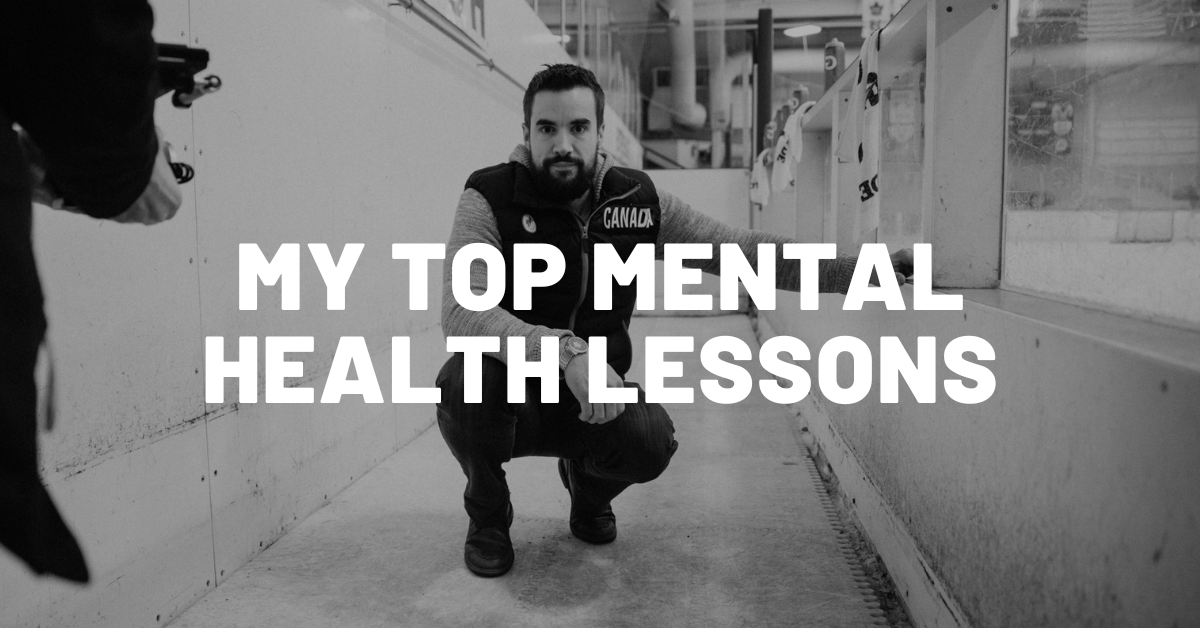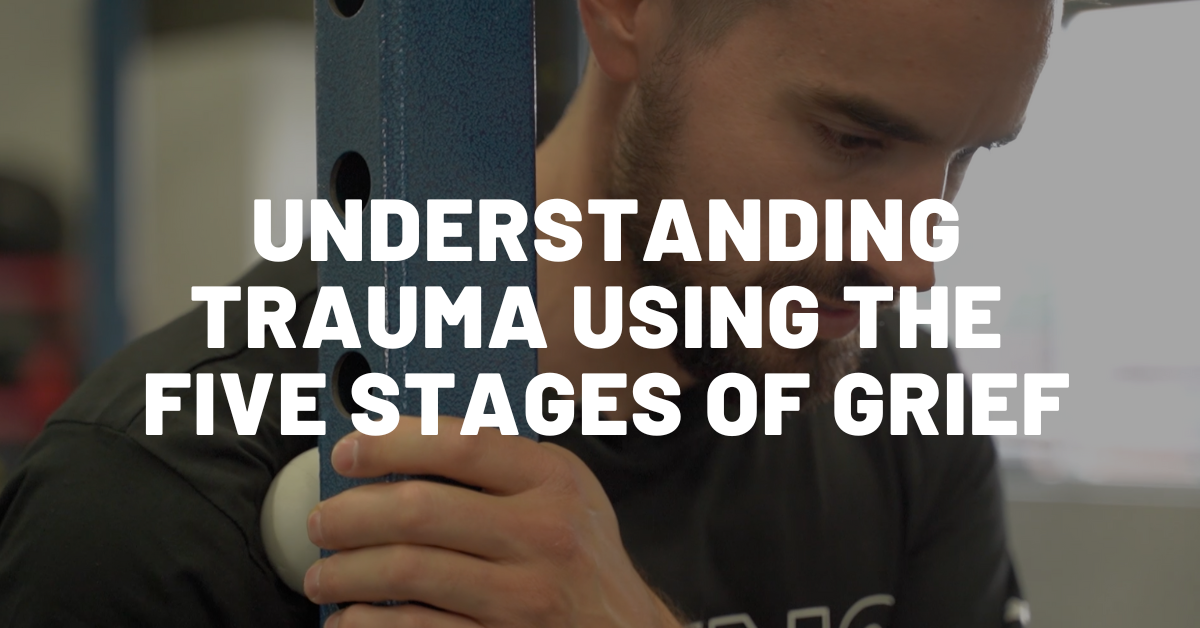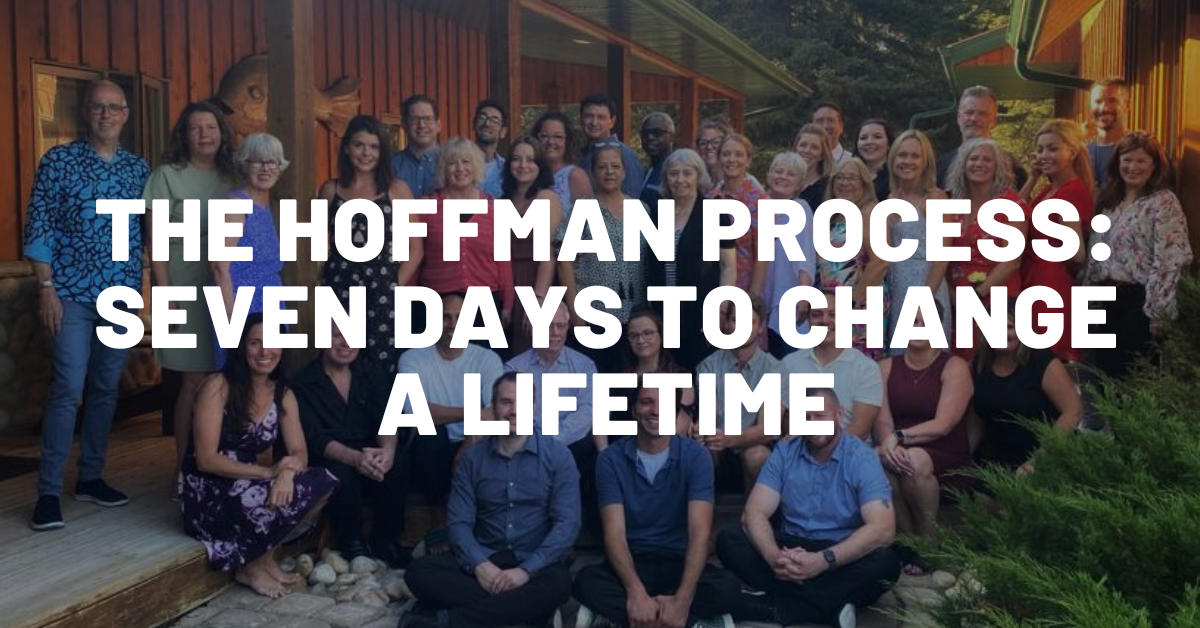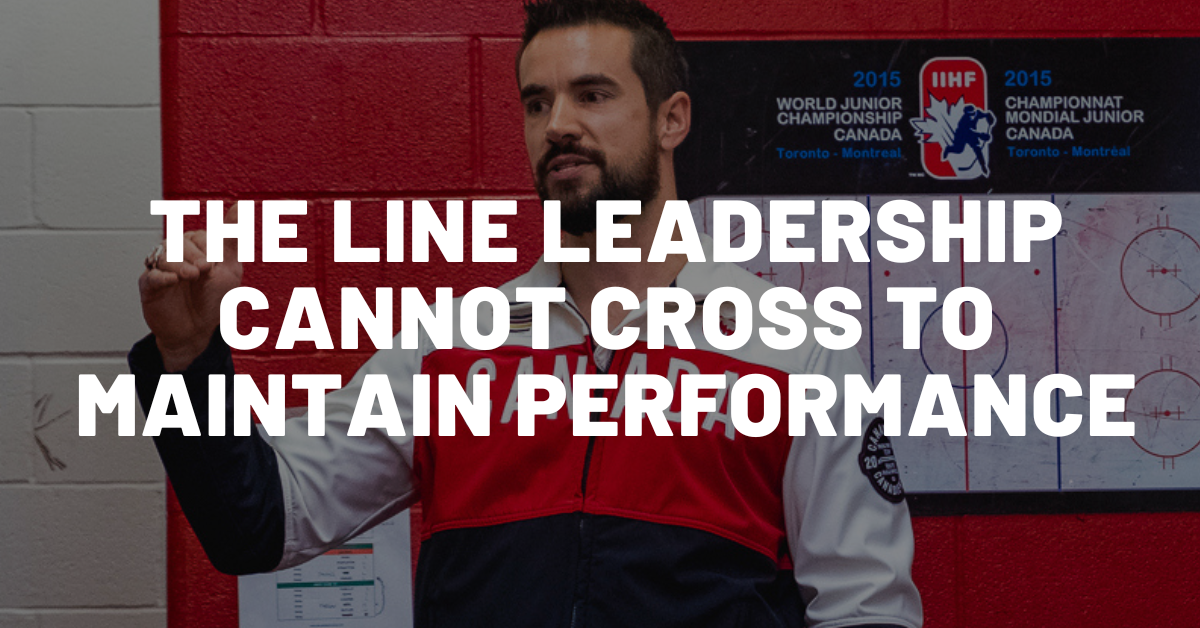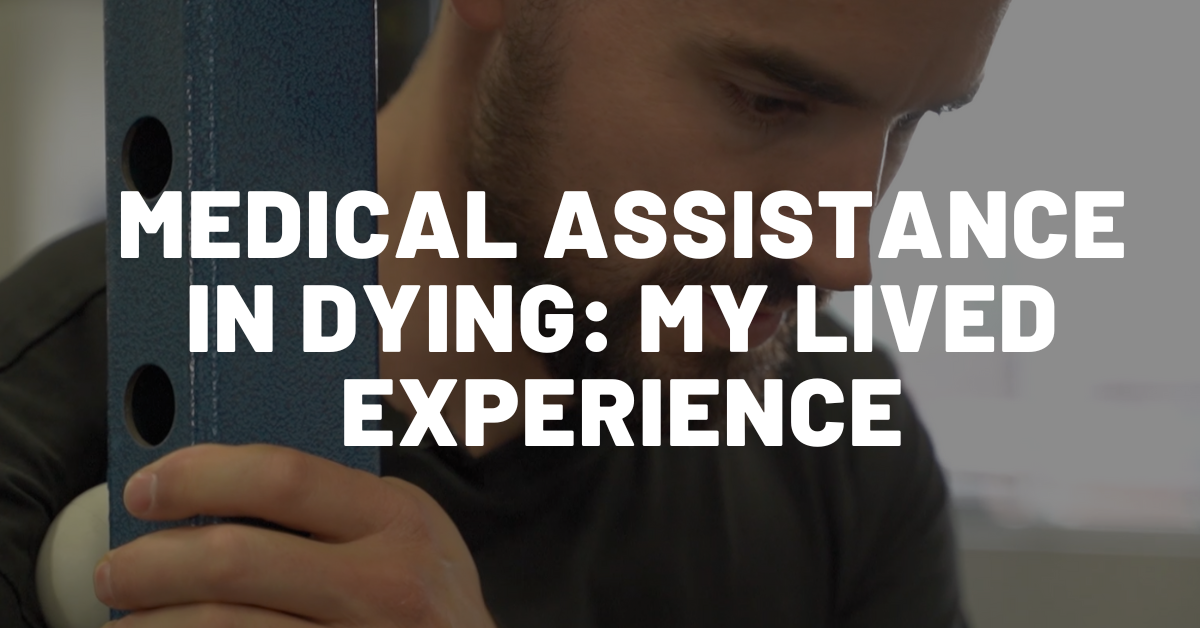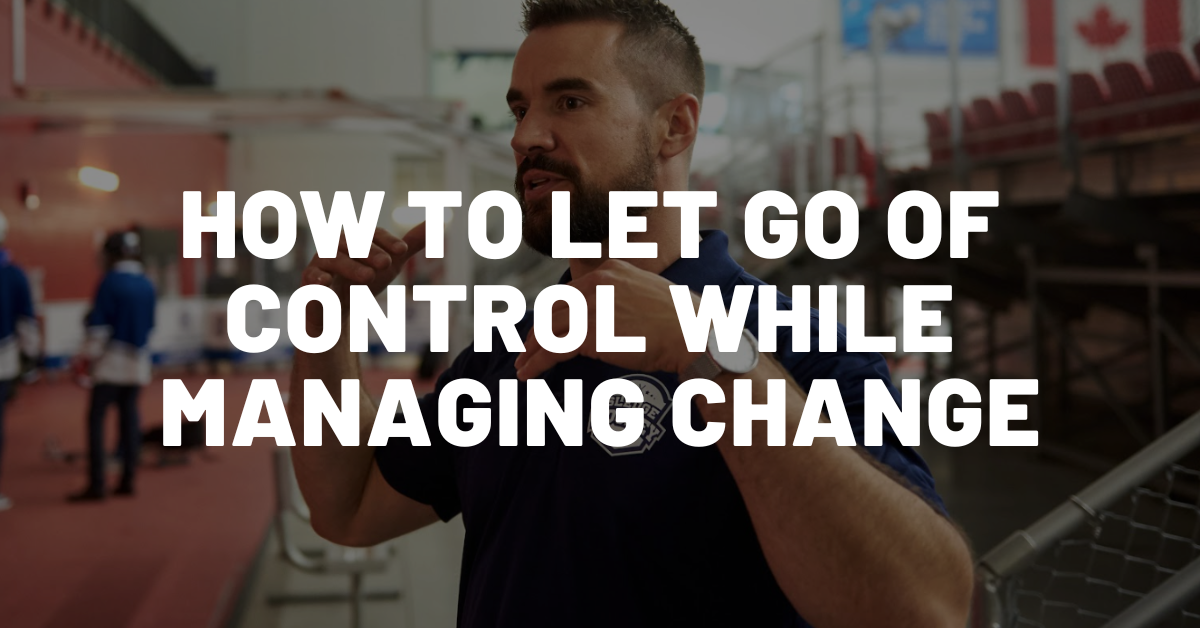As the summer season comes to an end, work returns to business as usual, and kids head back to school, we’re suddenly faced with the reality of settling back into a routine. For many of us, regaining focus and prioritizing responsibilities that might have fallen off over the summer can be daunting, but there are ways to make it easier.
In my workshop on Boundaries & Burnout: How to Take Control, that is the focus. Having confidence in yourself to prioritize YOU first!
That being said, getting back into the swing of things can be tough. So, as we return to our routines after taking some time off, I want to share with you five tips to quickly recover, regroup and recharge as you return to work.
Step One: Go Back to the Basics
When any individual or organization thinks about their wellbeing strategy, there are three key fundamentals to wellbeing that always stand out.
Nutrition, sleep, and exercise.
This summer has either been a hit or miss for many.
For some, it’s been time to take advantage of shopping at farmers markets, spending weekends away from home sleeping in, and finding outdoor activities that you couldn’t do in the winter to help you be more active.
On the other hand you may have found yourself over indulging in a few drinks alongside the BBQ, eating more coleslaw and potato chips than you did when you were at home and enjoying the late nights at the campfire since you know those moments are so far and few in between.
Whatever your scenario is, as you return to work, keep in mind the three fundamentals of self-care and wellbeing: Nutrition, sleep, and exercise.
What area of self-care do you need to refocus on as you return to work?
(If you need more help to refocus, here are 3 quick tips to help manage stress.)
Step Two: Start Small
In The Hero Mindset keynote, the goal to helping you become a hero in your own movie is by focusing on small things that make a big difference.
If you are looking for an inspiring keynote to reignite your team this fall, watch this video to see what I mean… but as you regroup and return to work, what do some small steps look like for you?
If your nutrition is off, that might mean simply eating three healthy meals a day again. Maybe you got so far out of your routine you only eat twice a day right now, or maybe you eat everything in sight.
Part of your wellbeing approach means being forgiving as you seek to build resilience.
If you need to get your diet back on track, set a simple goal of a few healthy meals a day and start there.
If your sleep is off from the long weekends away, focus on getting to bed by a certain hour.
One strategy I use when I need reminders about my sleep habits is I put two post it notes near my computer that say “___ pm STOP”, and “___pm OFF”, meaning I have one reminder for the time I want to stop work, and another for the time I want to be completely off electronic devices and in bed.
Try putting visual cues somewhere that will trigger your mind when you need to shut down and build a get back to the basics with a new routine.
If you’re struggling to rebuild an exercise routine, focus on consistency first, then on intensity.
Whenever I have needed to get back into an exercise routine, it’s always been more of a goal to “get to the gym” and “do something” rather than worry about how hard I work out. I want to build the routine first, then figure out how to level up my game.
Try putting visual cues somewhere that will trigger your mind on when you need to shut down and build a get back to the basics with a new routine. Share on XTry just getting to the gym this week, then work on your intensity. Getting to the gym in itself can be a small win.
(If you find you are someone who beats yourself up a lot, I wrote this article a while back on practicing self-love and how to forgive yourself. )
Step Three: Build Momentum
One of my favourite strategies that I use time and time again during coaching sessions using The Resilience Toolbox is to make sure you write things down.
When we write our thoughts down, we make them real.
This can be our goals, our wins, our struggles, our vision. Anything!
The key here is to intentionally use writing as a strategy to help you get out of a funk and start to build momentum as you regroup and recharge in preparation for returning to work.
As you look at the weeks ahead of you, what do you need to write down?
- Do you need to make “x” number of sales calls?
- Do you need to track your meal plan to avoid food reactions?
- Do you need to continue to schedule time for your family, so you don’t fill your calendar entirely back up with work again?
- Can you track your sleep using an app?
- Can you join a group of friends to help you stay accountable again?
What is it that you need to write down so that you can see momentum starting to build?
What is it that you need to write down so that you can see momentum starting to build? Share on XStep Four: Focus on What You Can Control
Now I speak about this A LOT as it is the foundation of a healthy mind and mindset (a.k.a. The Hero Mindset), especially during this past year.
When you look at the upcoming fall season, something that’s bound to come up is the tendency to let go of the boundaries that you have set over the summer as you learned how to disconnect.
In my workshop How to Reduce Stress and Fight Back Against Anxiety, we spend most of our time looking at what we think about.
Because as I mentioned earlier, when we write our thoughts down and make them real, we understand what we are thinking about and what is creating that stress or anxiety.
Not always, but often, it’s something we have made up to be worse in our mind than it is reality.
So, here’s a real quick exercise for you to try.
Take a piece of paper right now and draw a line down the middle. One the left-hand side write down “No Control”, and on the right hand side write down “Control”.
On the left side, write down everything that is causing you stress or worry.
Then on the right-hand side, write down what you can do about it.
Even if it’s the smallest thing, this will help bring into perspective what is getting you off your game currently and also to see what you can do about it.
Focus on what you can control.
Step Five: Be Patient
If there’s anything that these past few years have taught us, it’s that we need to be patient.
We must remember to breathe, take a step back, take things one step at a time, and be patient along the way.
Personally, I have found that there were so many times in the last year that I would enter a new month or a new year with no idea how it was going to go… and then all of a sudden at any given moment when things looked like they were going sideways, they could just as quickly get right back on track.
Patience means trusting that things will work out.
Patience means having faith that you will be ok.
Patience means acknowledging that although you may have gotten off track over the summer with some of your habits and routines, that now is the time for you to simply hit the reset button and get yourself back on track.
In Conclusion
Though it may take a bit of work to shake off the dust and get back in a groove again, you can do this.
It can take as little as just a few days. It doesn’t have to take a long time if you focus on the basics.
Nutrition, sleep, and exercise are not your work goal setting strategies, but they are the foundation for your life that help make your work goals setting strategies that much easier.
If you want to get yourself going again, take note of these five steps as you quickly recover, regroup and recharge for fall.
—
Enjoyed this article? Here are three more to help you succeed:
How To Stay Focused At Work And Be Productive
How To Get Yourself “Back On Schedule”
—
Whenever you are ready here are the 3 best ways I can help you:
- Get a FREE copy of my autobiography (click here)
- Looking for a speaker for your next event? (Contact Kevin)
- Learn more about The Resilience Toolbox Workshop (click here)



